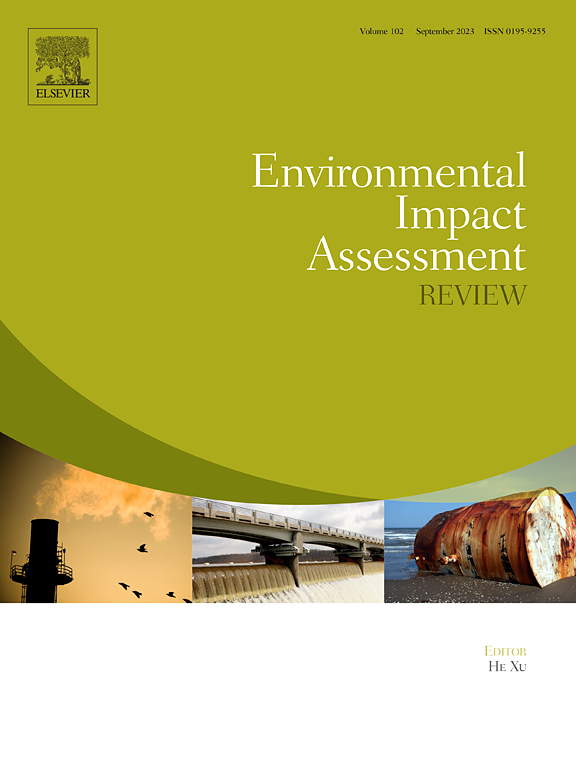Assessing technology's influence on cropland green production efficiency in the Yellow River basin, China
IF 9.8
1区 社会学
Q1 ENVIRONMENTAL STUDIES
引用次数: 0
Abstract
Improved growth and closing gap of cropland green production efficiency (CGPE) are effective strategies to both enhance food production and reduce environmental risks by technology enhancement, particularly in ecologically fragile basins. This study develops a CGPE accounting framework that incorporates multi-dimensional environmental impacts, based on the crop full lifecycle management of cropland use. A unified assessment framework is proposed to examine the drivers influencing CGPE growth and gap from the perspective of the technology enhancement interface, specifically technical progress (TP) and diffusion (TD). Using a hybrid approach, this study integrates the three-stage super-efficiency input-output model, Malmquist–Luenberger index, Gini coefficient decomposition, and spatial Markov chain model to investigate which technology enhancement interface drives CGPE growth and gap in the Yellow River basin (YRB), across 707 counties. This study shows evidence that CGPE growth in the YRB from 2000 to 2022 at the county scale displayed a “U-shaped” trend with an elevated terminal point, which is primarily driven by TP; that the significant spatial heterogeneity in CGPE is observed, with a small regional gap in the lower reach but a notable imbalanced development in the upper-middle reaches despite the narrowing gap, mainly due to insufficient TP; and that there is a dynamic polarization tendency shifting from medium to low level and from medium high to the high level. Therefore, priority should be given to enhancing green production technology, promoting balanced technology diffusion, leveraging the role model of high-efficiency areas so as to concurrently achieve agricultural productivity and environmental sustainability.

求助全文
约1分钟内获得全文
求助全文
来源期刊

Environmental Impact Assessment Review
ENVIRONMENTAL STUDIES-
CiteScore
12.60
自引率
10.10%
发文量
200
审稿时长
33 days
期刊介绍:
Environmental Impact Assessment Review is an interdisciplinary journal that serves a global audience of practitioners, policymakers, and academics involved in assessing the environmental impact of policies, projects, processes, and products. The journal focuses on innovative theory and practice in environmental impact assessment (EIA). Papers are expected to present innovative ideas, be topical, and coherent. The journal emphasizes concepts, methods, techniques, approaches, and systems related to EIA theory and practice.
 求助内容:
求助内容: 应助结果提醒方式:
应助结果提醒方式:


